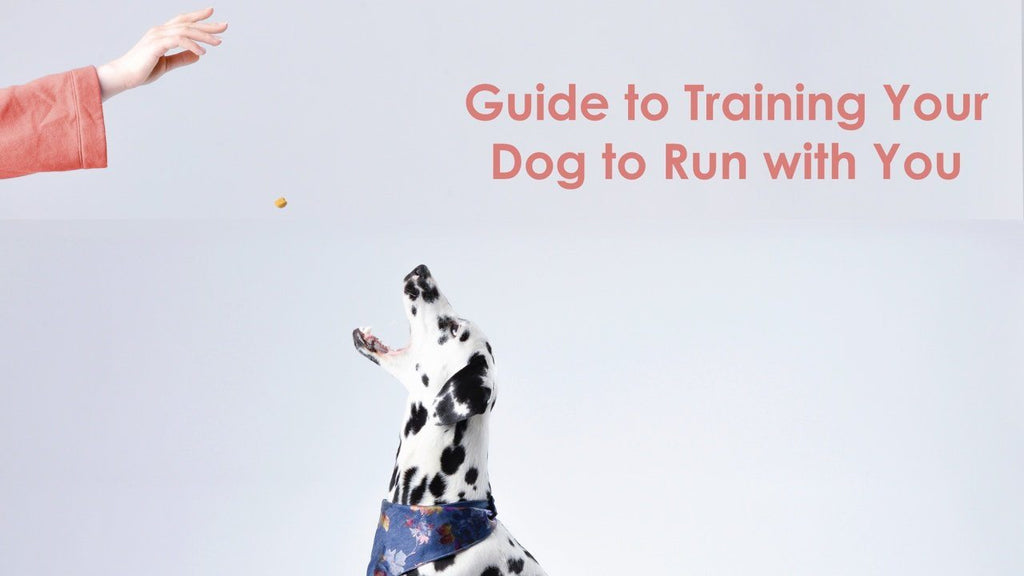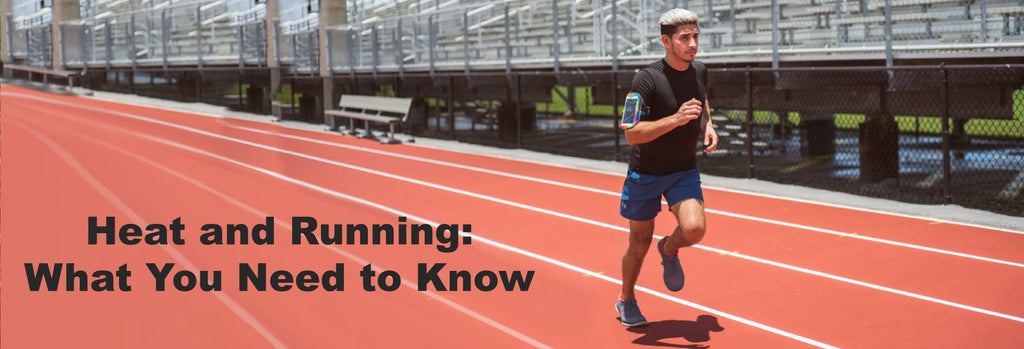Those of us who have furry family members know that their lively energy and sweet companionship can bring joy to any scenario, even a run! In fact, running with your pooch can be an amazing way to boost health, build stamina, and create lasting memories together.
In this guide, we’re covering how to start running with your dog so you and Fido can enjoy this all-around rewarding bonding experience together. Strap on your Armpocket armband and your best buddy’s favorite leash, because we’re going for a six-legged run!
The Why: Benefits of Running with Your Dog
Why run with your pup? Well, to put it simply: it’s good for both of you! As most pooch parents know, a tired dog is a happy dog, and many breeds need vigorous exercise to thrive. For both two- and four-legged runners, the health benefits abound. Running helps you maintain a healthy weight, strengthen muscles, and condition the heart, which means a longer, healthier life with fewer complications.
The How: How Do I Teach My Dog to Run?
Before you head out on your first partner jog, you need to learn how to train your dog to run with you. Contrary to popular belief, dogs aren’t born with the innate ability to run alongside you on the trail. Even sporting breeds and quick-pawed hounds (we see you, greyhounds) need a few training sessions to adapt. Enter your training situation with patience and a big bag of training treats. Here’s how to get your routine going.
- Gauge your pup’s temperament. A good running dog is one who can keep up with you and one who’s not prone to pulling or darting at the first sight of wildlife (sorry, huskies). You want your dog to stay next to you while on the leash without tangling your legs, which could lead to a serious injury. Generally speaking, most dog breeds can be trained to run, but some might take a little longer than others to get the hang of it. Make sure your dog is a well-mannered leash-walker before you pick up the pace.
- Experiment with different leashes. You know you’ve got a good dog, now it’s time to get a good leash. You’re going to need to try a few different combinations of leashes and harnesses until you find that perfect fit. The thing is, all dogs are different and respond differently to restraint, so you will have to spend some time experimenting with what works. Once your buddy has the hang of going at a good speed, try a hands-free leash.
- Reward positive behaviors. This is the most important component of any training regimen, no matter the goal. When your dog does something they were supposed to do — say, heels when you say heel or stops when you say stop — make sure to shower them with positive attention. If they’re food-motivated, don’t be afraid to bust out the treats. Luckily, your Armpocket armband has ample storage to keep some yummy training treats at the ready!
- Take it slow. Like you, your dog needs to build up stamina before they can go for those long-haul runs. Start out slow, no more than a mile or so at first, and then advance to longer sessions in small increments. Another thing to think about is the environment where you run. Complete your first few runs on a quiet, distraction-free trail before advancing to one that’s busy or full of wildlife that could sidetrack your partner.
The When: When Can I Run with My Dog?
This is a fantastic question to ask before you start planning anything, since knowing the answer will ensure that this hobby is safe for you and your dog.
Most dogs have an ideal age at which they’re fit enough to run at high speeds — usually that’s somewhere between the time they’re fully grown and the time they’re five or six — but casual runners can bring their pups to the trail long after that. It’s important that you don’t start training your dog to run until their bones and muscles are fully developed. Between the age of 8 and 12 months is a good time to start. When in doubt, ask the vet!
Another ‘when’ to consider is the time of year and the temperature outside. Make sure you’re not running with your pup in high heat, as you could risk them developing heat stroke. For best results, run in the morning or evening rather than during the hottest time of day. No matter the time of year, properly hydrating your best friend with water, water, and more water is essential.
Pacing is Everything
The most important thing to remember when training your dog for vigorous exercise is to allow them to go at their pace and be patient. Dogs are generally eager to please and love their exercise, so most become masters with time. After a while, you’ll be ready to run a marathon together!










